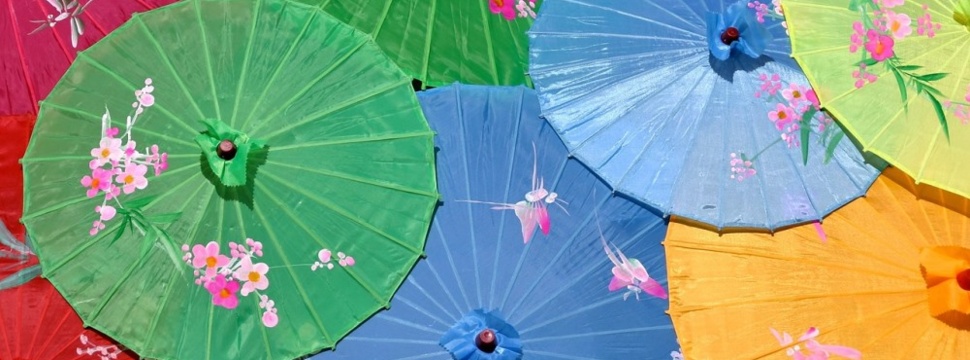Paper clothing - for farmers, samurais and film stars
News News blog
Legend has it that in 988, a Japanese monk is said to have made himself a makeshift shirt out of paper - kamiko in Japanese.

However, it was mainly farmers who made paper clothing for economic reasons. Materials such as cotton were not available. Silk was not only unaffordable, it was also not permitted for the lower classes.
They therefore used the fibres of the so-called paper mulberry bush, which produced a very stable paper. The clothing was also impregnated and creased to make it more supple. However, the durability left much to be desired, as the paper clothing could not be washed and cleaned.
From the 16th century onwards, clothing was made in Japan from shifu - sheets of paper from books that were no longer used, cut into strips and woven into threads to make them stronger. Even samurai had their costumes tailored from them, and later even nobles.
Incidentally, the two types of paper clothing, kamiko and shifu, were recognised as Japanese cultural heritage in 1955.
In Europe, paper clothing did not appear until the end of the 19th century - and then only for a few items of clothing such as shirt collars, cuffs or ties.
In 1966, however, there was a brief boom. The Scott Paper Company from the USA advertised paper dresses that cost just USD 1.25 each. Even stars such as actress Claudia Cardinale wore a "paper dress".
However, the trend was soon over again, as wearing paper clothes required great caution, especially in the rain, when making sudden movements or when people were smoking. It should be noted that these garments were not only made of paper. To make them more durable, synthetic fibres such as viscose, polyester and polyamide were added.










